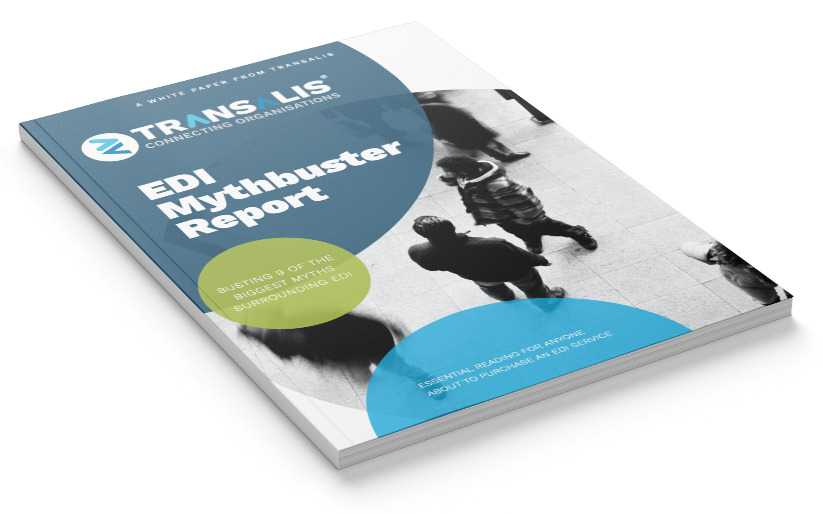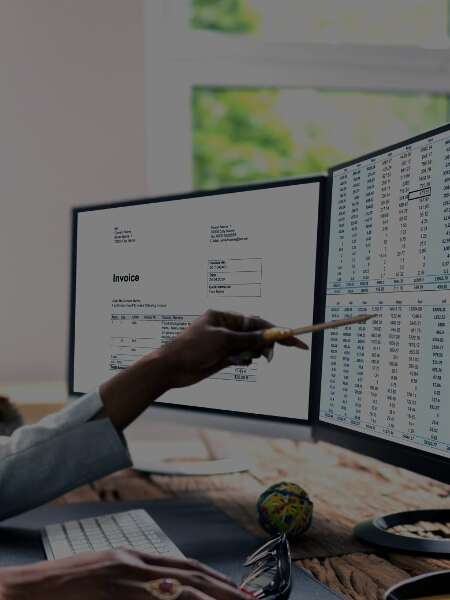Busting 9 of the biggest myths surrounding EDI
If you’re thinking of introducing EDI to your business, or you already use EDI but are wondering if you’re really getting the best value from your existing provider, you should read this.
EDI has been around since the 1970s, but there is a massive difference between the EDI offered then, and the new Cloud-based EDI available today. But a lot of the old myths still exist – a lot of EDI providers are still peddling their services and inflating their charges with overly complex set-ups and erroneous costs, no longer a factor with today’s advanced technologies.
Myth 9
from the EDI Mythbuster Report
“EDI is only good for orders and invoices”
This isn’t true. Modern EDI platforms have evolved considerably in recent years and they now support many hundreds of electronic document types, many of which are specific to functions, sectors and industries.
For instance, earlier this year Transalis extended its range of message protocols to include all foreseeable import and export customs procedures. This step was taken to ensure manufacturers and retailers using EDI would still be able to comply with customs rules as they seek to continue seamless trading post-Brexit.
The most commonly used EDI documents, which are integral to key trading cycles in areas such as supply chain management, ecommerce and drop-ship, include:
- Inventory status
- Purchase order
- Purchase order acknowledgement
- Advance shipping notice
- Purchase order change
- Invoice
Other common EDI documents include return merchandise authorisation, credit/debit adjustment, request for quotation and price information.
However, the full list of supported EDI documents runs to many hundreds of types and includes specialist messages such as waste disposal information and registration of a worker. For a full list of the numerous message types by industry and sector, contact the Transalis EDI team.
For the other 8 EDI myths, download the EDI Mythbuster Report.
EDI Mythbuster Report:
Revealing the truth behind the 9 biggest EDI myths











